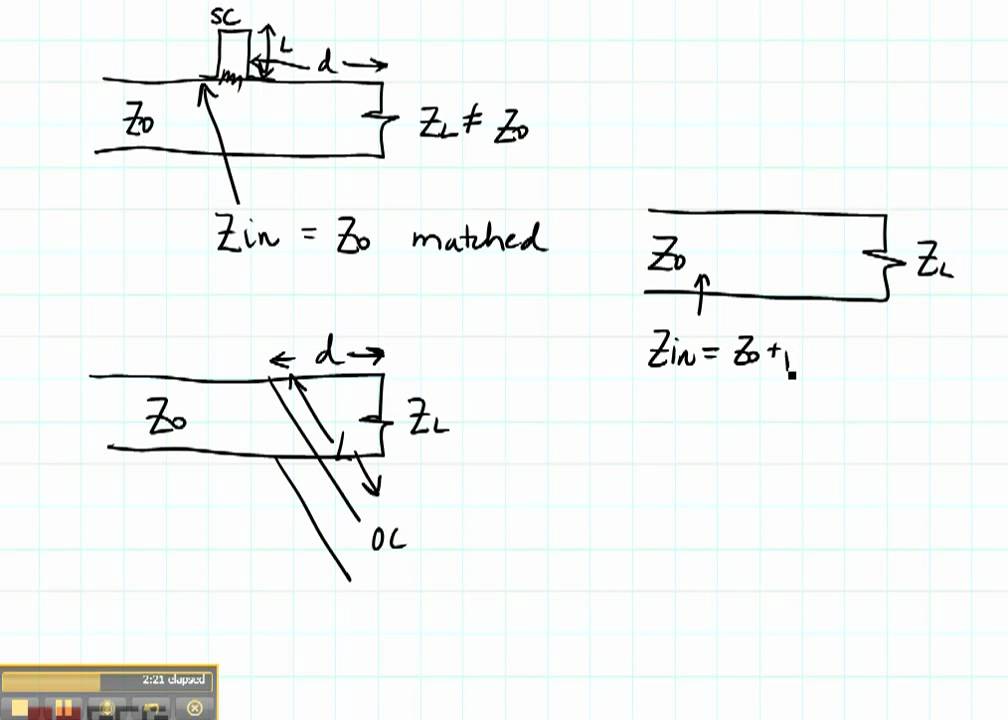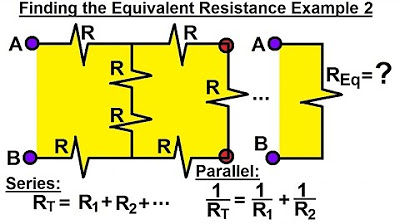Treinamento da Picco em Serie e Paralelo
Summary
TLDRIn this video, the process of connecting Pico luminaires in series or parallel is explained. The choice between series or parallel wiring depends on the driver's specifications, such as current and voltage. A ready-made table provided by Interlight simplifies this task. The video walks viewers through parallel wiring by connecting all positives and negatives, and series wiring by linking the negative of one luminaire to the positive of the next. The concept is compared to how batteries work in series. Viewers are encouraged to request a detailed table with product specifications from the commercial team for easier installation.
Takeaways
- 😀 The video explains how to connect the Pico line of lights in either series or parallel.
- 😀 The connection method depends on the specifications of the driver, such as current and voltage.
- 😀 The video emphasizes that the calculations are not needed because Interlight provides a pre-made table with all specifications.
- 😀 The table includes the necessary details like the model of the Pico light, driver, number of units, and whether the installation is in series or parallel.
- 😀 In parallel wiring, all positive connections are joined together, and all negative connections are joined together.
- 😀 The negative wire (black) of the driver connects to the negative wires of the lights, and the positive wire (red) connects to the positive wires of the lights.
- 😀 In series wiring, the positive of the driver connects to the positive of the first light.
- 😀 The negative of the first light connects to the positive of the second light, continuing this pattern for multiple lights.
- 😀 When connecting in series, the negative terminal will only connect to the driver after all lights are linked together.
- 😀 The analogy of connecting batteries in series is used to explain how series wiring works, where the negative of one light connects to the positive of the next.
Q & A
What determines whether the connection will be made in series or parallel for the Pico line?
-The type of connection—whether in series or parallel—is determined by the specifications of the driver, including the current and voltage requirements.
Why isn't the calculation for the series or parallel connection needed in this tutorial?
-The calculation isn't needed because Interlight provides a ready-made table with all the necessary specifications to make the process easier for users.
How can users obtain the specifications for the Pico line connections?
-Users can request the table with all the specifications from Interlight's commercial team, which will include details such as the model of the Pico line, driver information, and the number of pieces to be used.
How is a parallel connection for the Pico line made?
-In a parallel connection, all the positive wires are connected together, and all the negative wires are connected together. The positive wire from the driver connects to the positive wires of the luminaires, while the negative wire from the driver connects to the negative wires of the luminaires.
What is the process for creating a series connection for the Pico line?
-In a series connection, the positive wire from the driver connects to the positive terminal of the first luminaire, and the negative terminal of that luminaire connects to the positive terminal of the next one. This continues with each additional luminaire, ending with the negative terminal of the last luminaire connecting back to the driver.
What happens if you connect positive to positive in a series connection?
-If you connect positive to positive in a series connection, the setup will not work. The correct configuration is to connect the negative of one luminaire to the positive of the next.
What is a simple analogy to understand the series connection process?
-A good analogy for a series connection is a battery setup, where the negative terminal of one battery is connected to the positive terminal of the next one. If you connect positive to positive, the equipment will not function.
What should be the final step when creating a series connection with multiple luminaires?
-The final step in a series connection is to connect the remaining negative wire from the last luminaire to the driver, completing the circuit.
What role does the driver play in both series and parallel connections?
-The driver provides the necessary power and serves as the central point of connection for both series and parallel configurations. In both setups, the driver must be properly connected to the luminaires to ensure they function correctly.
What is the benefit of having a ready-made specification table provided by Interlight?
-The specification table simplifies the installation process by giving clear details about the driver, number of luminaires, and the type of connection needed, reducing the chances of errors during setup.
Outlines

This section is available to paid users only. Please upgrade to access this part.
Upgrade NowMindmap

This section is available to paid users only. Please upgrade to access this part.
Upgrade NowKeywords

This section is available to paid users only. Please upgrade to access this part.
Upgrade NowHighlights

This section is available to paid users only. Please upgrade to access this part.
Upgrade NowTranscripts

This section is available to paid users only. Please upgrade to access this part.
Upgrade NowBrowse More Related Video

ECE3300 Lecture 13b-1 Impedance Matching Intro

Sources in Series and Parallel (Circuits for Beginners #10)

Electrical Engineering: Basic Laws (17 of 31) Finding the Equivalent Resistor Ex. 2

Petunjuk Praktikum Membuat Rangkaian Listrik dan Pengukuran dengan Basicmeter

Serial transmission vs parallel transmission

Series and Parallel Circuits
5.0 / 5 (0 votes)